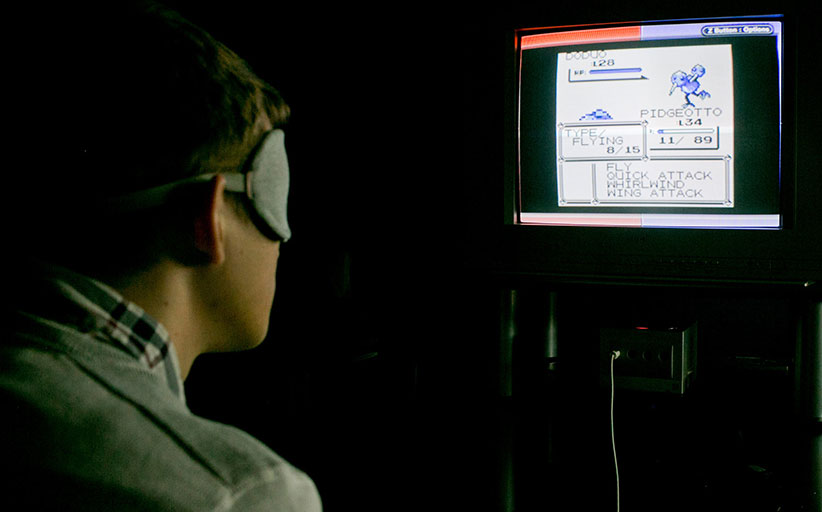 As his summer break from the University of Connecticut drew to a close last August, Alex Tan had one more goal before school began: to reclaim a world record in video gaming.
As his summer break from the University of Connecticut drew to a close last August, Alex Tan had one more goal before school began: to reclaim a world record in video gaming.
To prepare, Mr. Tan sat at the computer at his family home in Rocky Hill, Conn. Next, he booted up Super Mario World, the 1990 classic video game from Nintendo, in which the beloved mascot Mario jumps, swims and flies through eight colorful worlds to rescue Princess Toadstool. Then Mr. Tan, 20, who plays under the handle PangaeaPanga, covered his eyes with a thick black eye mask.
His aim: To finish the game as fast as possible while blindfolded.
In 2015, Mr. Tan became the first person to complete Super Mario World while blindfolded, in 23 minutes 14 seconds, a feat certified by fellow gamers who watched him live-stream the run. The record stood for a little over a year until a Japanese player who goes by the handle Dodaimurige beat that time last July by more than five minutes.
When Mr. Tan learned his record had fallen, he said he knew he could do better. “That was my motivation to come back and do it again,” he said, adding that he began playing blindfolded simply “because nobody’s done it yet.”
Can’t see the video? Watch it here!
Mr. Tan is one of many gamers who have in the last few years popularized the playing of video games with covered eyes, a trend known as blindfolded speed-running. The pastime has caught on on YouTube and among some streamers on Twitch, the online streaming video game service owned by Amazon. Many players stream their blindfolded play-throughs or post the experiences on YouTube to build up interest in the trend and to establish community-verified records, absent any official sanctioning body.
Blindfolded speed-runners have rushed through classic 2-D games, including Castlevania: Symphony of the Night and Mike Tyson’s Punch-Out!!. These older games tend to have smaller levels and significantly shorter playtimes than newer 3-D games, making it possible to play through them in minutes rather than hours (though at least one blindfolded gamer has posted a 100-plus-hour play-through of The Legend of Zelda: Ocarina of Time, a 3-D game that took him more than a year to complete).
Using blindfolds has been a long-held practice in other pursuits. Chess players value playing blindfolded as a way of distilling the game’s principles, for example. Jujitsu players have praised training with blindfolds to heighten focus on one’s movements and positioning. You can even run five-kilometer or 10K races while blindfolded (with the help of a companion jogger to keep you out of trouble).
But gaming without sight may be even more counterintuitive since games depend on a near-constant tether of visual feedback to guide players. One of the first recorded attempts came in 2011 when a speed-runner tried to play through the original Super Mario Bros. while blindfolded at a gaming charity marathon — but failed. In 2014 and 2015, Mr. Tan and others began to break through, completing full runs and establishing records for others to challenge.
So how does playing video games work without visual cues? The speed-runners say they rely on a game’s sound effects and music to know where they are in the process. Jacob Criminiski, 23, who has completed multiple blindfolded speed-runs of the Game Boy game Pokémon Blue, with the fastest time of 19:50, said he used the sounds of hitting walls to orient himself, and timed direction changes to certain beats of the game’s soundtrack in specific locations.
“It’s really just about finding those little things that make it easier,” said Mr. Criminski, a student at the University of Dayton in Ohio. “As soon as you hit a wall, there’s a little bonking sound. You find 20 things that make it easier, and you add them all together and it turns into something that’s pretty easily done.”
Once the patterns and timing are committed to muscle memory, it can be recalled anywhere, with or without sight. “It’s something that never goes away once you can do it, which is what’s cool about it,” he said.
Full story @ New York Times



